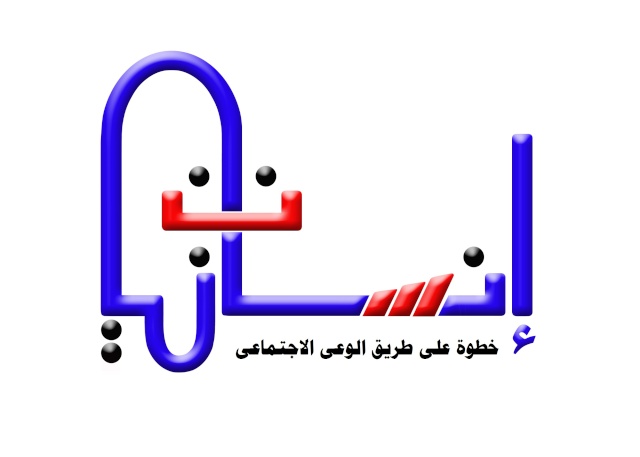د. فرغلى هارون
المدير العـام

 عدد الرسائل : 3278 عدد الرسائل : 3278
تاريخ التسجيل : 07/05/2008
 |  موضوع: Service Without a Smile?! Exploring the Roles of Customer Injustice, Anger, and Individual Differences in Emotional Deviance, Ph.D موضوع: Service Without a Smile?! Exploring the Roles of Customer Injustice, Anger, and Individual Differences in Emotional Deviance, Ph.D  31/10/2010, 4:01 pm 31/10/2010, 4:01 pm | |
| 
Service Without a Smile?! Exploring the Roles of Customer Injustice, Anger, and Individual Differences in Emotional Deviance
Ph.D, by Barger, Patricia B.

Doctor of Philosophy (Ph.D.), Bowling Green State University, Psychology/Industrial-Organizational, 2009.
Pages: 132p.
1.16 MB PDF file
Abstract:
There is a growing body of research focused on examining how customer service workers meet organizational demands to express positive emotions, a phenomenon known as emotional labor. However, it is unreasonable to assume that employees will always display appropriate emotions on the job, yet there is a dearth of research that examines the occurrence of emotional deviance (i.e., breaking display rules). The current study integrated theories from the emotional labor, justice and counterproductive work behavior literatures in order to gain an increased understanding of emotional deviance. Specifically, customer injustice and anger were examined as important predictors of emotional deviance, and the moderating roles of self-control, display rule commitment and display rule enforcement were considered.
Quantitative and qualitative survey data were collected from 257 employees in various customer service jobs. The results indicated that being treated unfairly by customers was related to emotional deviance, both directly and indirectly through feelings of anger. Furthermore, employee self-control moderated the relationship between feelings of anger and emotional deviance such that those low in self-control were more likely to deviate. Although it was posited that employees low in display rule commitment would be more likely to emotionally deviate when they experience anger, a significant relationship was not found. Finally, the results supported display rule enforcement as an important moderator of the anger-emotional deviance relationship such that the relationship was stronger at lower levels of enforcement. Implications for research, practice and future directions are discussed.
أدع لنا بالخير وها هو الرابط
[ندعوك للتسجيل في المنتدى أو التعريف بنفسك لمعاينة هذا الرابط] | |
|
